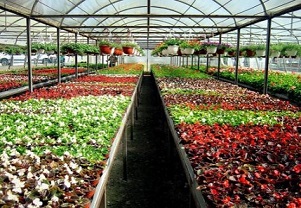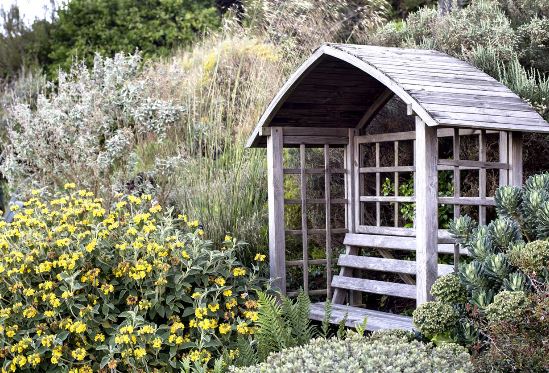Visit Gardeners Delight Nursery
Visit our 5 acres plant nursey just outside barnstaple, view our greenhouses, and shop .
Old Bideford Rd,
Barnstaple,devon, EX31 2PA

Read more! Get Directions!

Visit our 5 acres plant nursey just outside barnstaple, view our greenhouses, and shop .
Old Bideford Rd,
Barnstaple,devon, EX31 2PA

A selection of our quality plants are now available to buy on our online store.
Check out our range of:-
Heuchera, Lavenders, alpines, Herbaceous Perennials, Herbs, Clematis, Trachelospmum, Passiflora, and Agapanthus.
We also have a full range of sundries and gift vouchers.

Also visit some of the gardens that are open to the public throughout the region for ideas of varieties that will thrive in your area
Living on the beautiful North Devon coast brings with it a multitude of problems for those wishing to create and maintain a garden, with high winds, salt laden air and extremes of temperature. There is however an advantage over those gardening further inland as the winter temperatures tend to be slightly higher and ground frost are rare, which opens up a range of plants from more temperate climates to be grown. As with all gardens we will start from the ground up and suggest some ways to create a good successful coastal garden. .
Need help with your garden, from regular tidys up and lawn maintance to specialict prunning and tree cutting. We also design and build gardens. Please call Gardeners Delight gardening services Free Quote!
The soil is usually very shallow sitting on top of a layer of compacted shillet or open and very sandy. On shillet or stone based soils, remove any top soil for use later, then using a pneumatic or electric breaker drill dig down 300 to 450mm and remove the stone or shillet in the areas that you intend to plant, but make sure that these areas are larger than just the planting hole. If the areas are small they will act as water collecting points and rot the plants roots as well as constricting the root growth. Any shillet material that has been removed can be used as a sub base under pathways that are intended for light use. Once the shillet has been removed add plenty of well-rotted organic material into the areas and then add a layer of good quality top soil mixed with some fine grit ready for planting. After planting up the areas mulch with a generous layer of mulch which will help evaporation in the summer, insulate the roots in winter as well as preventing weeds from germinating. I prefer to use wood chip mulch which breaks down over time and conditions the soil, but needs to be topped up periodically. Gravel or shells that are recycled from fish processors can also be used with good effect. Thin sandy soil is easier to manage than shillet. Simply dig in plenty of well-rotted organic material on an annual basis and cover with a wood chip mulch which can be dug into the soil when organic material is added.
The constant summer breeze or winter gales are damaging to plants foliage, either by evaporation from the foliage or simply shredding foliage and rocking plants, weakening the root zone. Solid wind breaks such as wooden fences will often give way in strong winter gales, also solid barriers cause the wind to go up, over and down but don't really slow its speed. The best wind breaks are those that will filter the wind, slowing it down but preventing eddies and currents. A windbreak can reduce wind on its leeward side for a distance of ten times its height. Planting hedging and using man made screens of willow or reed are really effective at filtering the wind, with hedges also helping to absorb noise pollution but still give a natural rustling.
A pergola over the seating area will create some welcome shade in the summer allowing scented climbing plants to be grown over them for summer displays and scent. The construction of the pergola will also disrupt and filter the wind again sheltering other areas in the garden.
With the soil sorted out and ready to support the plants in your garden and with wind breaks created you are at a stage to start choosing the plants to use in your garden.
AS a general rule plants with glossy leaves or silver foliage or small tight leaves such a rosmary will be tolerant of the salt laden air. Plants that are deciduous will also withstand the harsh winter winds as the plants are dormant at this time of year.
Plant more tender plants closer to the wind breaks as this is the most sheltered area and us plenty of summer flowering herbaceous perennials.
Twenty plants to use (e) Evergreen (d) Deciduous